agInnovation Research Center | Entomology
agInnovation Research Center | Entomology
agInnovation Research Center | Entomology
RESEARCHERS:
Ross Miller, Ph.D.
Dean’s Circle, House 35
Phone: (671) 735-2068
Email: millerr@triton.uog.edu
Alfred Daniel Johnson, Ph.D.
ALS Bldg., Room 105J
Phone:
Email: johnsona17274@triton.uog.edu


